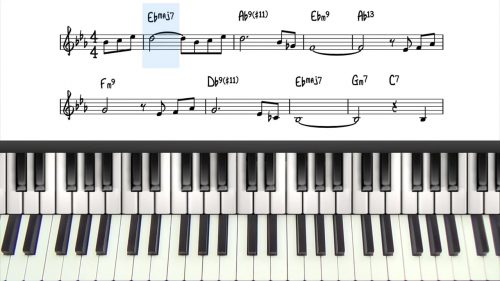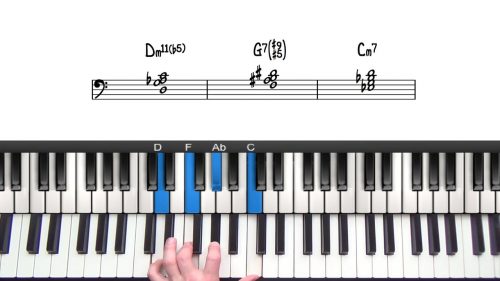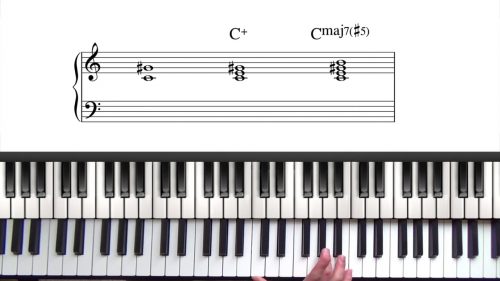Intervals As Orbital Vectors
Welcome to this 5-Minute Masterclass on “intervals as orbital vectors”. This sounds like a complicated subject, but in fact, this is a concept which will help you simplify your view of the piano.
A Traditional View Of Intervals
When we learn music theory, we learn about 3rds, 5ths, 7ths, 9ths, 11ths, 13ths, and so we can think of intervals as an ascending number in relation to the note that’s called the 1.
However, this is a very linear way of describing something that is not linear at all.
Viewing Intervals As Orbital Vectors
An orbital vector is something that instead of being progressively father away, it reaches a point and turns around. If we look at the note “C” as our ‘centre of gravity’, when we reach the 5th above, we can also see this as a 4th below.
Jovino demonstrates how you can applying this logic to common cadences such as the 251, 36251, and 4736251.
Practice Tips
-
The tritone is the 'longest' interval on the keyboard because the 5th above is a 4th below and vice versa.
-
We can now think of all the intervals as fitting in one hand.
-
We can use this logic as a model to design melodic material, and also harmonic changes.




